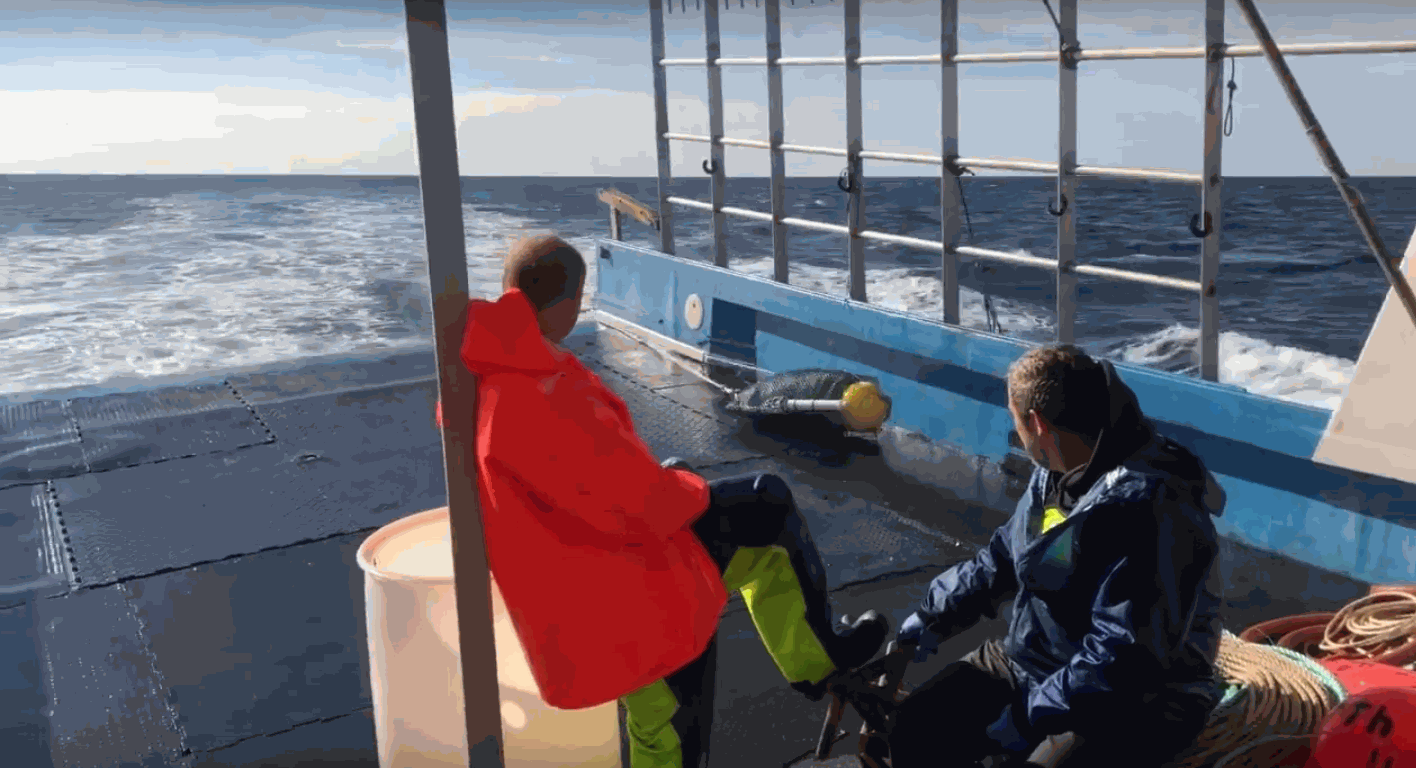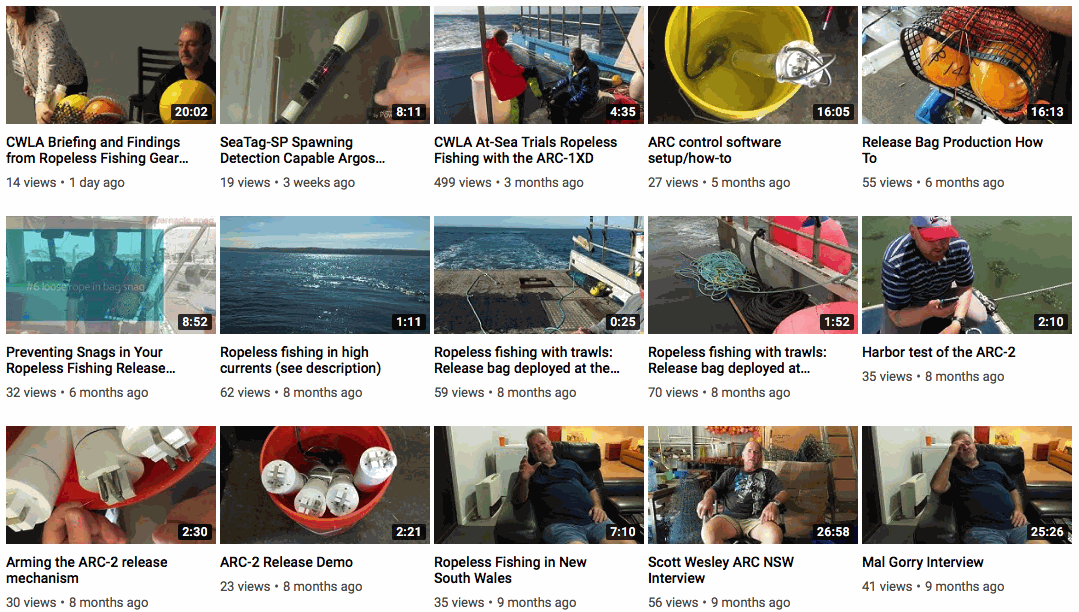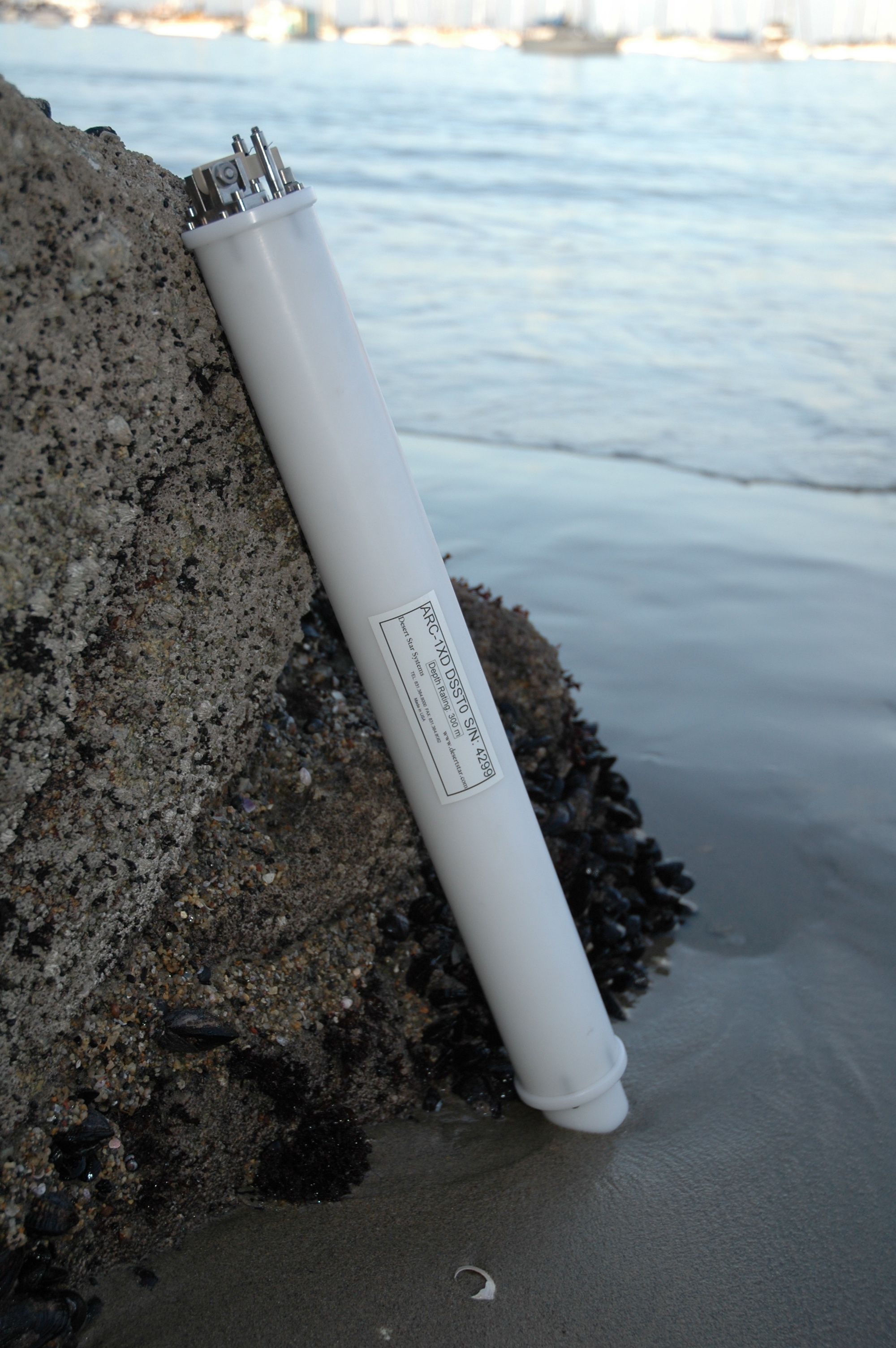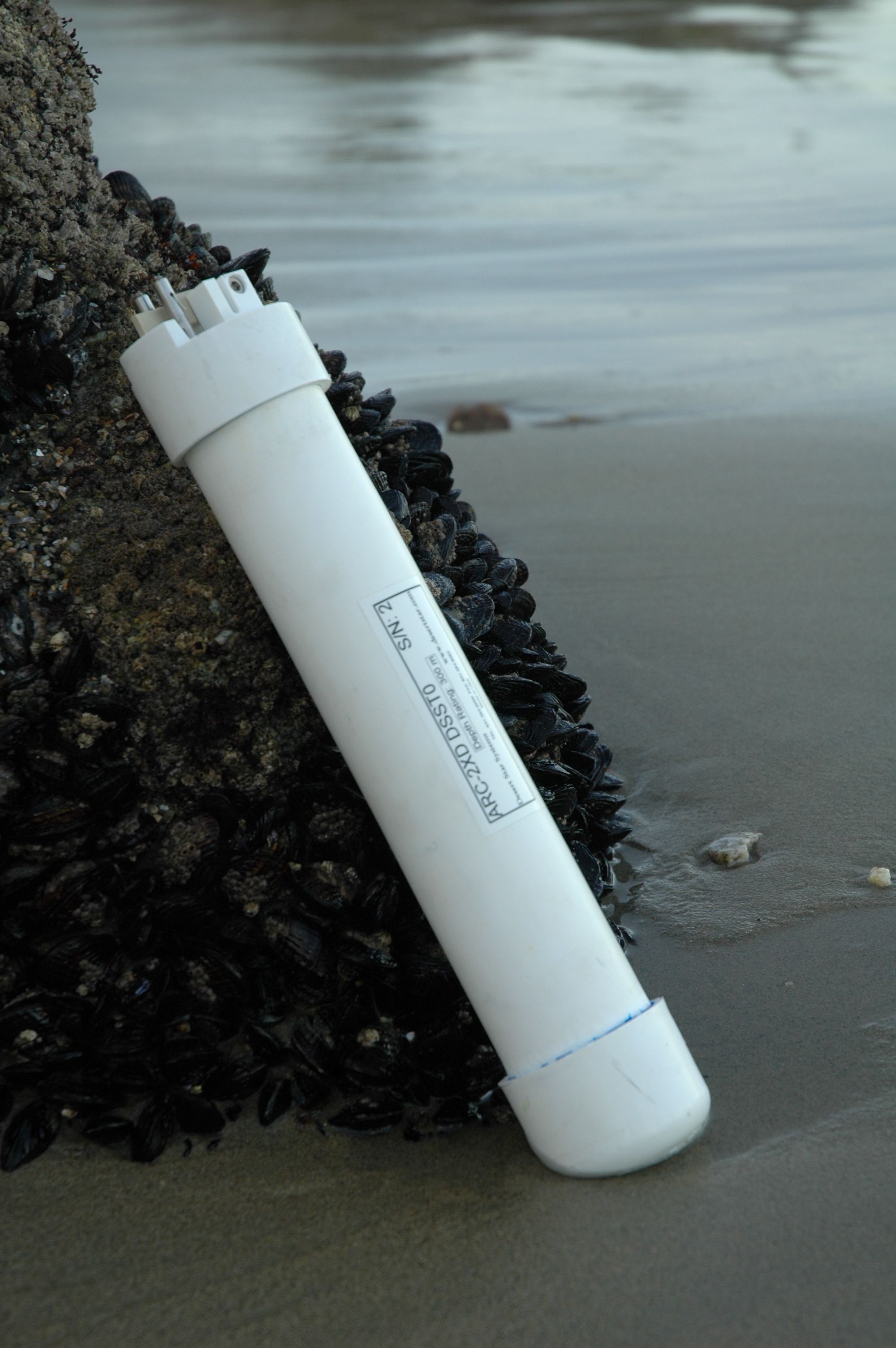Acoustic Releases
With a patented fusible link mechanism, trigger and release payloads of any anchor weight within seconds through one moving lever arm. A non-corrosive all Delrin and titanium outer housing keeps lifetime long. Each re-arm takes less than one minute and costs pennies on the dollar with easily accessible
Features
Reliable and Fast Acting
High reliability and tested
Efficient & Fast Acting:
ARC-1 combines simplicity and reliability with the fast action of motor or solenoid releases, offering the best of both worlds. Unlike 'burn wire' (electric wire erosion) releases that take 10 minutes or more to actuate, the ARC-1 triggers just 10 seconds from the release command, and the trigger process itself is lightning fast at 0.002 seconds (link to video). And unlike motorized releases with complex mechanisms and many potential failure points, the ARC-1 has only a single moving part (the lever) and no dynamic seals.
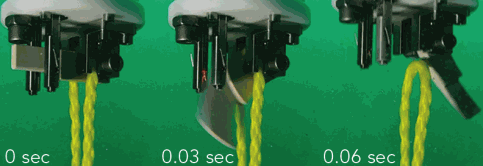
Control from the surface
Surface control flexibility:
The ARC-1 can be triggered from a computer interface providing a view of the status and location of your entire ARC-1 inventory (STM-3), or through a simple switch-operated deck box (STM-4).
Excellent for the deployment of large instrument arrays:
The ARC-1 was originally developed for deployment of a large array of underwater acoustic detectors in the California channel islands (link to paper). Since then. its combination of high reliability, long-endurance, fast trigger action
An investment that endures decades
An investment that endures decades:
The ARC-1 is a proven, long-endurance device built from durable materials. Hundreds of ARC-1's in the Australian rock lobster fishery have seen ongoing commercial service for seven years now, and are still in excellent shape.
Individual vs Broadcast Release Mode
Individual Release Mode - Works with STM-3
Compatible Model - ARC-1XD
Functions - Range to the ARC and check battery status without triggering for release. Must individually select a unit by serial number and release
Broadcast Release Mode - Works with STM-3 and STM-4
Compatible Model - ARC-1XD and ARC-2
Functions - Automatic release triggering with no ranging or battery status feedback. Simply flip a switch and all in-range ARC's will trigger for release.
Models
ARC-1XD: Ranging Acoustic Release
Dimensions: 533mm L x 62mm D
Depth Rating: 300 meters (1000m option).
Battery Info: Easy to replace. 50 releases or one year, whichever comes first.
Accepted anchor weight: Unlimited
Accepted flotation force: No more than 36kg
Remote Reporting Function: Yes; ranging and battery status.
Warranty: One year
Expected Lifetime: 10+ years
Quantity discounts for large purchases. See shop.
Notes: The ARC-1XD offers the most extensive field history and includes a ranging and status reporting capability for precise operations. This model requires no special tools or knowledge to service.
ARC-2: Low-Cost Acoustic Release
Dimensions: 394mm L x 70mm D
Depth Rating: 300 meters
Battery Info: Rechargeable lithium. 50 releases cycles or two years.
Accepted anchor weight: Unlimited
Accepted flotation force: No more than 36kg
Remote Reporting Function: Not offered.
Warranty: Three years
Expected Lifetime: 3-10 years
Quantity discounts for large purchases. See shop.
Notes:

